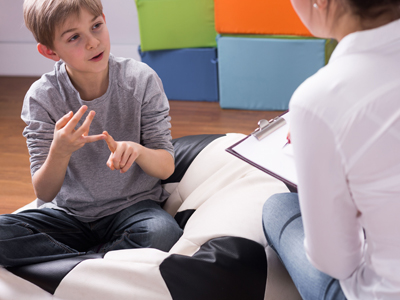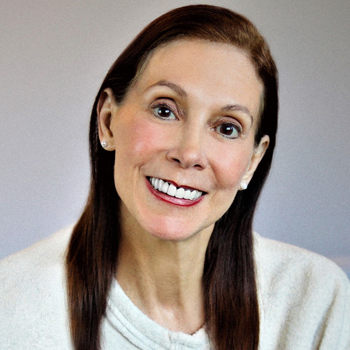 What is Occupational Therapy?
What is Occupational Therapy?
Occupational therapy addresses fine motor, gross motor, perceptual motor, balance, and a variety of other delays through rewiring of the brain and retraining of muscles from head to toe. It works with the child’s mind and control of their body.
Many children who are classified as autistic or behavioral problems are gifted and know what they want their hands and bodies to do intellectually – but are unable to make it happen. They cannot make their small bodies work.
What we will do in session
Sessions typically will be between 30-60 minutes, once or twice a week, allowing me to work intensively with your child and get much accomplished in a short amount of time.
As the parent, you may leave your child and return at the end of the session.
You will need a doctor’s prescription for occupational therapy between 2-4 times per week.
Wonderful success stories of kids with whom I’ve worked:
When Josephine*, a 4-year-old who was believed to be autistic, came to see me she would not speak or even look at me. She acted disconnected.
I repeatedly and emphatically said to her, “I’m not your mother!” every time she came for therapy. I did this to create a boundary to help her establish a sense of being a separate individual.
Over the course of two years, she gained more skills and went from a class of 6 to 15 students, at which point she was sent to regular education. Near the end of our treatment, she emphatically said: “You’re not my mother!” and then cracked up laughing. That was her breakthrough moment that told me she was ready to move on.
Jake*, age 3, was brought in for hyperactive, oppositional, and defiant behavior. He wasn’t speaking.
In his first session, he came in and just sat at a table in my office, not doing anything. I handed him a toy bus. At first all he did was move it back and forth over and over as he sat at that table in front of a huge mirror. I watched him and allowed him to operate freely with that bus.
The next session he came in and pointed to the bus and said: “Bus!” and repeated the same behavior. I again allowed him that freedom.
The next session he came in, asked for the bus, and took all the figures out, lined them up, and opened and closed the door over and over. From there he moved into doing simple geometric puzzles.
Gradually, Jake started making eye contact. I placed him in a twirl chair and started spinning him and then stopped; I said, “More?” He surprised me by saying, “More!” I twirled him with frenetic speed, and he cracked up laughing. I said, “More?” He said, “Do more!” He experienced joy and began looking me in the eyes. His hyperactivity and oppositional behavior subsided.
I worked with a 3-year-old child who didn’t speak or respond. After working with him a short while, I said to him, “If you don’t talk, you will be all alone with nobody to talk to and nobody to talk to you.” He said, “I don’t want to talk!” This was groundbreaking.
I respected him and his separateness. I gave him things that would create joy and make him laugh. I put him on roller skates and had him skate down a hallway; he started laughing and smiling.
I had a 3-year-old girl who never spoke. One day, while she was on roller skates, I hid behind the door. She called out, “Hey, where’d ya go lady?” and I said, “Boo!” From that point on, she spoke.
To me these are little miracles. The children I see receive both respect and boundaries. I make it fun and interesting. The length of time they see me is anywhere between a couple of months to a couple of years.
While my specialty is young children up to age 5, I have worked with kids as old as 13. My work is tailored to their needs and focused on what the parents are concerned about. While an Individualized Educational Plan is helpful, it is not necessary.
*Names changed to protect confidentiality
About Maurena
 As an occupational therapist licensed to practice in the State of New York, I have been working with very young children for over 26 years.
As an occupational therapist licensed to practice in the State of New York, I have been working with very young children for over 26 years.
I have worked for the Board of Education, private agencies, and private practice. I have had children referred to me labeled as autistic. After working with them for an extended period, they were considered no longer autistic and were mainstreamed.
When I work with your child, you will see them become capable of things you might never have expected. You will see them experience joy as they master new abilities. The children who see me experience therapy as fun activities where their confidence builds with their skills.
I received my Master of Science in Occupational Therapy from Columbia University and am licensed in New York State.

